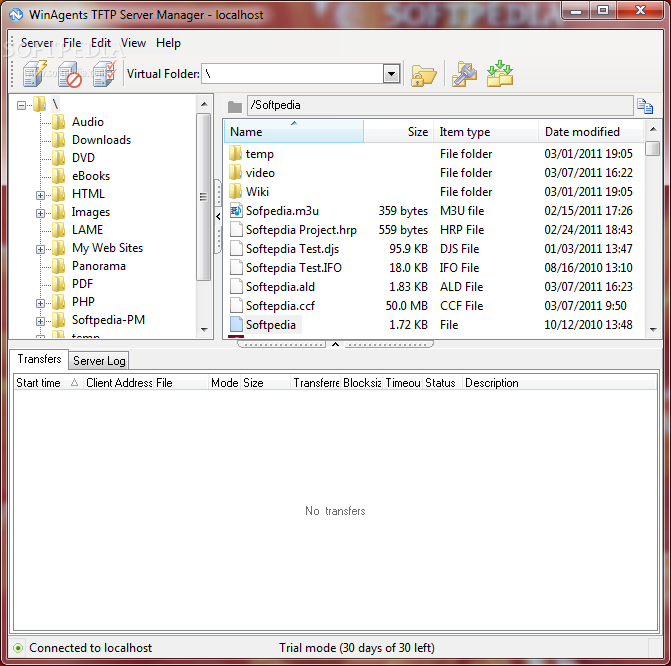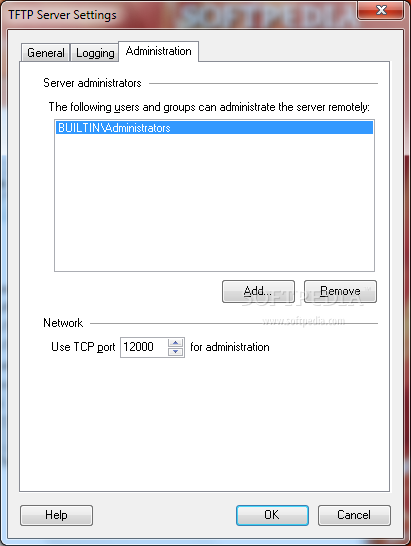

However, enabling Subnet Originating Requests should not affect the routing in a one-armed setup. In a one-armed setup (where the Virtual Service and Real Servers are on the same network/subnet) Subnet Originating Requests is usually not needed. It is best practice to enable the Subnet Originating Requests option globally. 3.1 Enable Subnet Originating Requests Globally The deployed TFTP Server environment determines which of the following setups is used.

However, the content is in sync with the latest LoadMaster LTS firmware.

This document has not required substantial changes since 7.2.48.4 LTS. Published with LMOS version 7.2.48.4 LTS. This document is intended to be read by anyone who is interested in configuring the LoadMaster to optimize the TFTP Server. The Kemp support site can be found at: 1.2 Intended Audience The Kemp Support Team is available to provide solutions for scenarios not explicitly defined. This document provides the recommended LoadMaster settings used when load balancing the TFTP Server workload. The LoadMaster intelligently and efficiently distributes user traffic among the application servers so that users get the best experience possible. The LoadMaster offers advanced Layer 4 and Layer 7 server load balancing, SSL Acceleration and a multitude of other advanced Application Delivery Controller (ADC) features. The Kemp LoadMaster is used to load balance the TFTP Server workload. TFTP is a free, open source IPv6 ready application that includes DHCP, TFTP, DNS, SNTP and Syslog servers as well as a TFTP client.


 0 kommentar(er)
0 kommentar(er)
